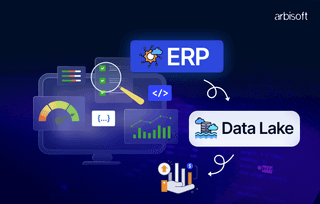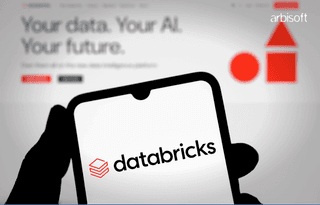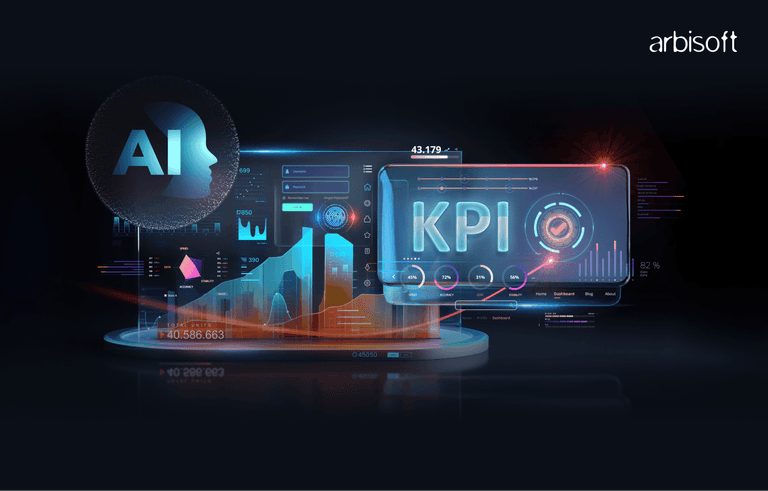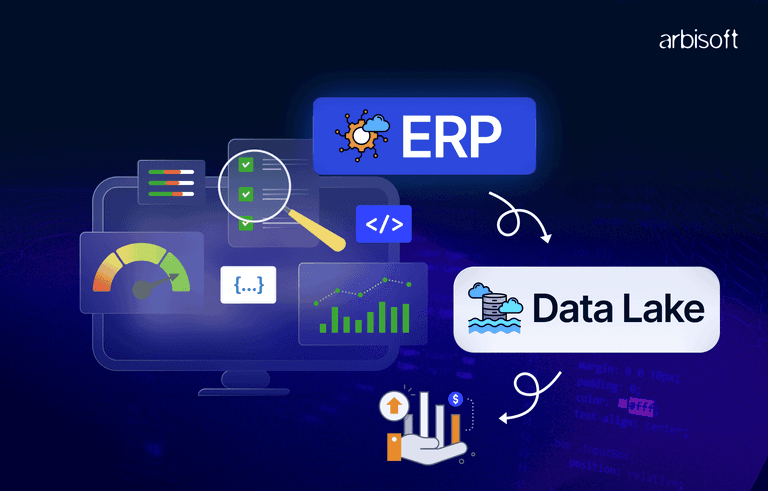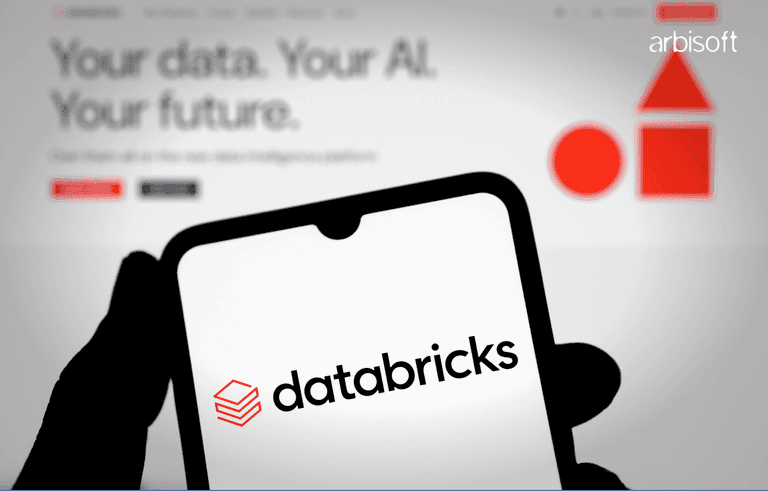We put excellence, value and quality above all - and it shows




A Technology Partnership That Goes Beyond Code

“Arbisoft has been my most trusted technology partner for now over 15 years. Arbisoft has very unique methods of recruiting and training, and the results demonstrate that. They have great teams, great positive attitudes and great communication.”
Java Spring vs. SpringMVC: Choosing the Right Framework for Your Next Project
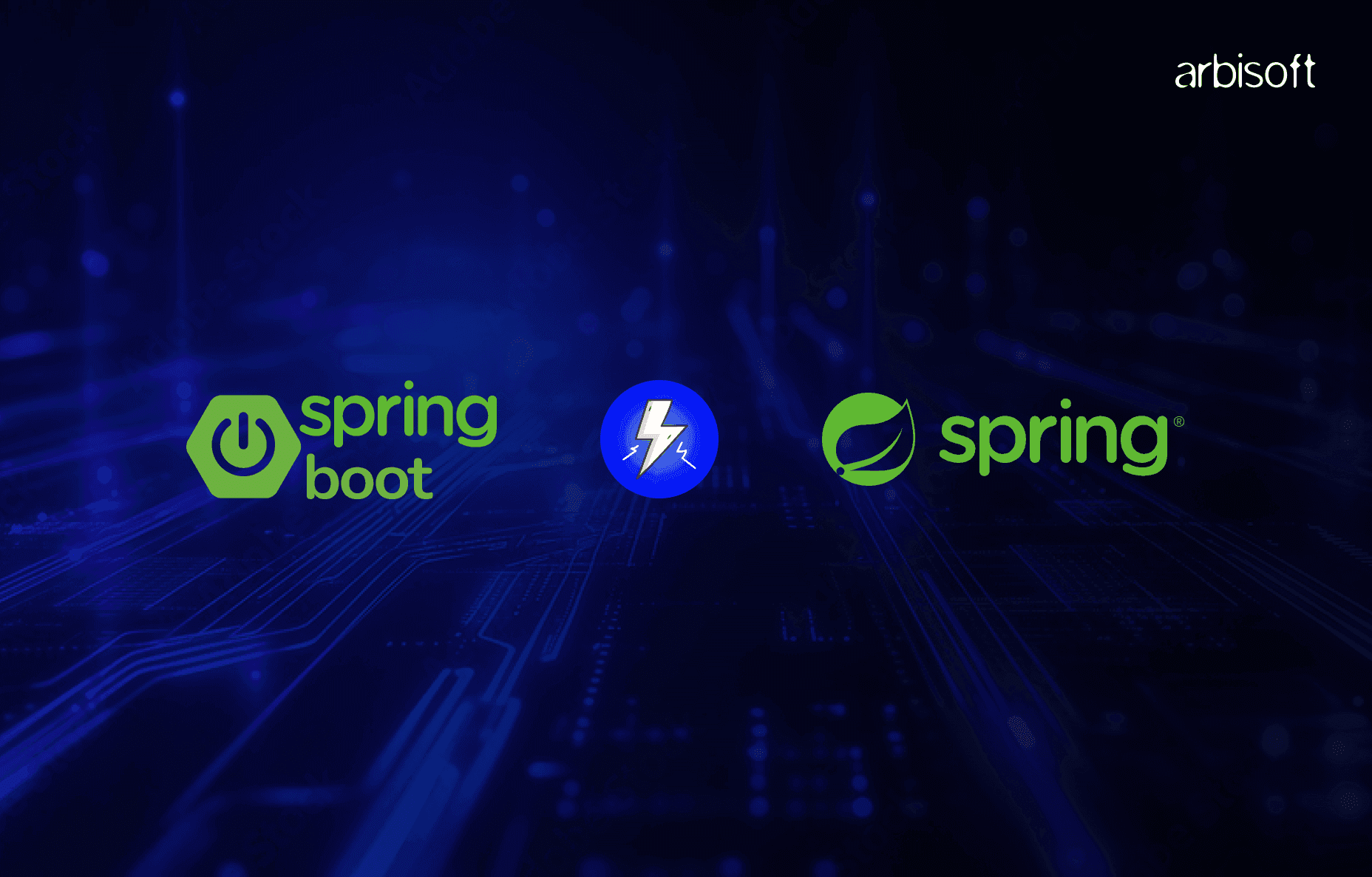
Java is a popular programming language for making websites and web apps. It has many tools that help developers build strong and easy-to-manage applications. One of the most useful tools is the Spring Framework. It is widely used by both large companies and small startups because it is flexible and powerful.
Within the Spring ecosystem, developers often choose between Spring Boot and Spring MVC. Both are built on the main Spring Framework, but they are used for different things.
Spring Boot is great when you want to build something quickly. It is good for making APIs and microservices. It needs very little setup, so you can get started fast.
Spring MVC, on the other hand, is better for traditional web apps that show web pages (HTML) from the server. It gives you more control over how things work, which is helpful for older or more complex apps.
Knowing the difference between Spring Boot and Spring MVC helps you pick the right one for your project. This is important whether you're starting something new or working on an old system.
Author’s Note: I wrote this article based on my own experience building web apps in Java. I have used both Spring Boot and Spring MVC in real projects. I also worked on a sample project called the Toy Store comparison, which helped me understand these tools better.
Are you building something simple and fast, like a prototype? Or are you working on a big project for a company? Your answer will help you choose the right tool.
To explain it simply:
- Spring Boot is like a car that’s ready to drive. Just turn the key and go.
- Spring MVC is like a build-it-yourself car. You have to put it together, but you can customize every part.
You should prefer Java Spring (Spring Boot) When:
You Are Building REST APIs or Microservices:
- Java Spring (Spring Boot) is designed for API-driven applications and microservices architecture.
- It simplifies the creation of RESTful APIs using @RestController and returns JSON responses by default.
You Need Rapid Development:
- Spring Boot’s auto-configuration and embedded server (like Tomcat) let you get started quickly without extensive setup.
You Want Minimal Configuration:
- Spring Boot reduces boilerplate code and removes the need to manually configure components like DispatcherServlet or view resolvers.
You Are Targeting Cloud-Native Applications:
- Spring Boot works seamlessly with Spring Cloud to help build scalable, distributed systems.
You Don’t Need a View Layer:
- If your app doesn’t need server-rendered HTML (for example, if it’s just a backend for a front-end framework like React or Angular), Spring Boot is a better choice.
You Need Built-in Tools:
- Spring Boot includes tools like Actuator for monitoring and makes it easy to integrate with databases (using ORM models), messaging systems (like enterprise message queues), and more.
Choose Spring MVC When:
- You Are Building Traditional Web Applications:
Spring MVC is ideal for applications that require server-side rendering of HTML views using template engines like Thymeleaf or JSP.
- You Need Full Control Over Configuration:
If you prefer explicit configuration for components like DispatcherServlet, view resolvers, and more, Spring MVC gives you complete control.
- You Are Working on Legacy Systems:
Spring MVC is often used in legacy applications where server-side rendering is common.
- You Need Tight Integration Between Front End and Back End:
Spring MVC is well-suited for projects where the front end and back end are tightly coupled, and the server is responsible for rendering the UI.
- You Are Building Internal Tools or Admin Panels:
Applications like internal dashboards or admin panels often benefit from the simplicity of server-rendered views provided by Spring MVC.
- You Don’t Need REST APIs:
If your application doesn’t require RESTful APIs or JSON responses, Spring MVC can be a better choice than Spring Boot.
Key Considerations
Factor | Java Spring (Spring Boot) | Spring MVC |
Application Type | API-driven, Microservices | Traditional Web Applications |
Configuration | Minimal (auto-configured) | Explicit (manual setup) |
View Layer | None (JSON response) | Server-rendered HTML Views |
Development Speed | Rapid | Slower |
Scalability | High (Cloud-native, Microservices) | Moderate |
Use Case | Modern, API-driven applications | Legacy, Tightly coupled applications |
Technical Differences
While both Spring Boot and Spring MVC are built on the Spring Framework, they differ significantly in setup, configuration, and project structure.
Spring Boot:
- Uses auto-configuration to reduce manual setup.
- Provides starter dependencies for common use cases.
- Includes an embedded server (Tomcat/Jetty) by default.
- Minimal XML or Java-based configuration required.
Spring MVC:
- Requires explicit configuration of components like DispatcherServlet and view resolvers.
- Typically deployed to an external servlet container.
- More boilerplate code and manual dependency management.
Job Roles Comparison
Java Spring (Spring Boot) Developer
A Spring Boot Developer builds modern applications that use APIs to connect with other systems.
- REST API Development: Uses @RestController to handle HTTP requests and return JSON data.
- Simple Configuration: Uses Spring Boot’s built-in settings and the embedded Tomcat server to make setup easier.
- Focus on Backend: Mainly works on building APIs that connect with frontend apps or mobile apps.
- Best For: Microservices, cloud-based apps, and projects that use APIs as the main way of communication.
Spring MVC Developer
A Spring MVC Developer builds traditional web apps where the server sends HTML pages to the browser.
- Dynamic HTML Rendering: Uses @Controller and Thymeleaf templates to create dynamic HTML pages.
- Manual Configuration: Needs to set up things like DispatcherServlet, view resolvers, and use an external server.
- Full Stack Role: Works on both the backend and the frontend to create a smooth user experience.
- Best For: Apps that need server-side HTML pages, like content-heavy websites or internal company tools.
Job Role Implications
- Spring Boot developers are often hired for roles involving API development, microservices, and cloud-native applications. They focus on backend logic and scalability.
- Spring MVC developers are typically sought for roles that require full-stack expertise, where server-side rendering and integration with front-end technologies are important.
Summary
- Choose Java Spring (Spring Boot) if we are building a modern, API-driven, cloud-native application where speed, scalability, and minimal configuration are the priorities.
- Choose Spring MVC if we are building a traditional web application with server-rendered views or working with legacy systems that need detailed configuration.
Based on my experience, starting with Spring Boot is often the best choice for new projects, while Spring MVC remains a strong option for maintaining or expanding existing enterprise applications.
I initially chose Spring MVC for a dashboard in one of my projects, but later realized that Spring Boot would have saved significant setup time. Migrating taught us the value of auto-configuration and ease of development with Spring Boot.
Sample Code Excerpts
Below are simplified examples. For complete, real-world code, see our public repository: Spring MVC vs. Java Spring Comparison using a Toy Store example.
Spring Boot REST Controller Example
// Example from: https://github.com/devhint/javaspringvsspringmvc/blob/main/springboot-toystore/src/main/java/com/example/toystore/controller/ProductController.java
@RestController
@RequestMapping("/api/products")
public class ProductController {
@GetMapping
public List<Product> getAllProducts() {
// ...fetch products from service...
return productService.findAll();
}
}
Spring MVC Controller Example
// Example from: https://github.com/devhint/javaspringvsspringmvc/blob/main/springmvc-toystore/src/main/java/com/example/toystore/controller/ProductController.java
@Controller
@RequestMapping("/products")
public class ProductController {
@GetMapping
public String listProducts(Model model) {
// ...fetch products from service...
model.addAttribute("products", productService.findAll());
return "product-list"; // returns a view named 'product-list'
}
}
See more detailed implementations and the full project structure in the GitHub repository.
Performance Considerations
- Spring Boot applications usually start faster because of auto-configuration and embedded servers. This makes them ideal for microservices and cloud-based deployments.
- Spring MVC applications may take longer to start and can use more memory, especially when deployed on traditional servlet containers.
- For high-concurrency and stateless APIs, Spring Boot is often the better choice. For stateful, session-based web applications, Spring MVC may be more suitable.
Community and Ecosystem
- Spring Boot has a fast-growing community, excellent documentation, and regular updates. It’s widely used in modern Java projects.
- Spring MVC is a mature and stable framework with strong community support and a large base of legacy applications.
- Both frameworks work well with popular tools and libraries, but Spring Boot provides more out-of-the-box integrations for cloud environments and DevOps workflows.
Migration Strategies
If you have an existing Spring MVC application and want to migrate to Spring Boot:
- Start by updating the dependencies to include Spring Boot starters.
- Gradually replace XML configurations with Java-based or property-based configurations.
- Shift to an embedded server setup and test the application locally.
- Use tools like Spring Boot Actuator for monitoring and management.
Tip: Migrate step by step and test thoroughly at each stage.
Real-World Use Cases
Spring Boot: Used by companies like Netflix and Alibaba, and many startups, for building scalable microservices and REST APIs.
Spring MVC: Commonly used in enterprise intranet applications, legacy systems, and platforms that need server-side rendering.
Example:
In my own projects, I found Spring Boot extremely helpful for quickly setting up REST APIs for mobile applications. On the other hand, Spring MVC worked better for older internal dashboards that required server-rendered HTML.









